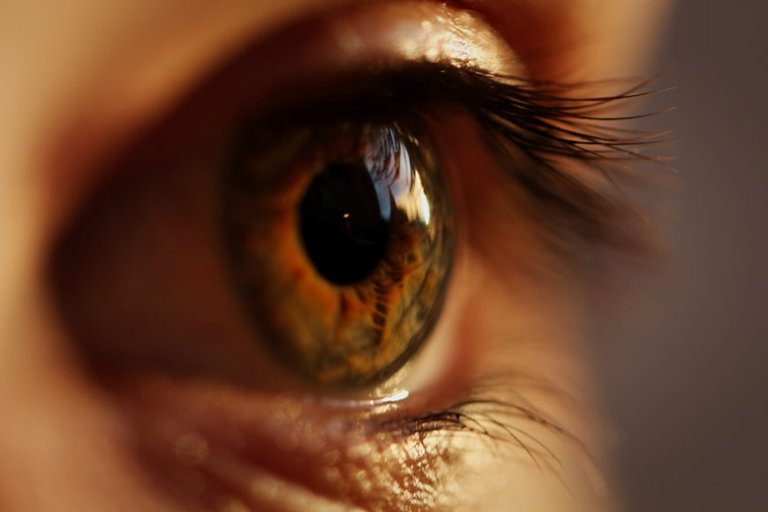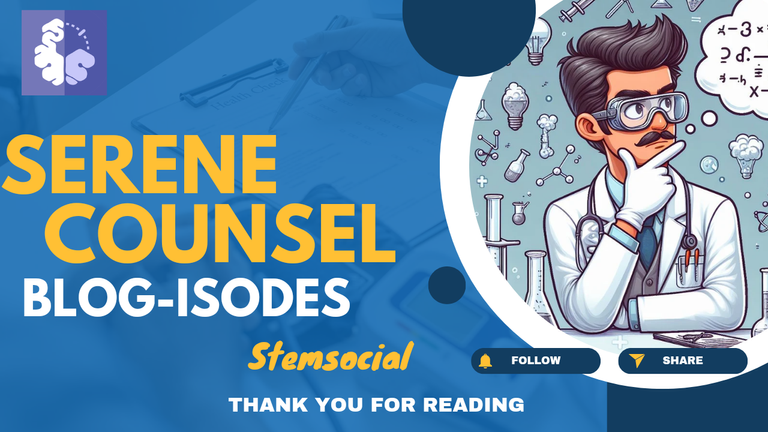Let's Explore our Memory: Other Visual Memory.
With the possible exception of eidetic imagery - which as we've seen in yesterday's blog-isode, is a rare and rather elusive phenomenon - visual memory is not a simple reembodiment of stored visual sensation .

Our thoughts aren't exactly like pictures, so therefore our visual memories of what we see aren't either.
However, they might still have some qualities similar to what we see.
Several studies indicate that this is true. One way we know is from research on mental rotation.
In this study, The subjects were shown a digit or a number, either in their normal version or in mirror-reversed form (R or A). The shapes were turned sideways, so the person might see a regular R flipped around, like turning it 180 degrees. Or they might see a mirror image of the R, rotated, say, 60 degrees.
The subject then had to push one button if the thing they saw was normal, and another if it was mirrored.
The reaction time proved to be a regular function of how far the characters were tilted away from the upright position . As the orientation of the letters changed from the upright (0 degree rotation) through 60 degrees to 180 degrees , reaction times increased. The same was true for the mirror-reversed letters.
The researchers interpret their results as evidence for a separate visual memory system.
In their view, the subjects mentally rotated an image of the stimulus they were presented with until it was upright. Once they had brought it to this position, it could be compared to the visual memory of the normal and mirror-reversed characters.
The time it took to react, depended on the angle, which simply means turning or rotating things in your mind takes time. In this study, it took roughly 30 milliseconds for every 10 degrees of rotation.
Another line of evidence comes from studies on image scanning . In one such study, the subjects were first shown the map of a fictitious island containing various objects: a hut, a well, a tree, a meadow, and so on.
After memorizing this map by copying it repeatedly, the subjects performed a reaction time task.
The experimenter named two objects on the map (the hut and the meadow).
The subjects' task was to conjure up a mental image of the entire island and then to imagine a little black speck zipping from the first location to the second.
The results showed that their reaction time was directly proportional to the distance between the two points.
This result would be no surprise had the subjects scanned a physical map with their real eye.
That the same holds true when they scan an image with their mind's eye is rather remarkable.
From what we've talked about now, it's evident that visual images have some similarities to pictures. However, this doesn't mean they are pictures.
Some evidence for this view comes from a study by Chambers and Reisberg who presented their subjects with a figure (that they had never seen before) that is normally reversible: If it is seen as oriented toward the left, it looks like the head of a duck; if oriented to the right, it looks like the head of a rabbit.
The subjects ' first task was to form a mental image of this figure . At a later time , when the picture was no longer physically present , they were asked to call up this image and describe what it looked like .
All subjects " saw " either a duck or a rabbit with their mind's eye , and some said they saw very vividly . They were then asked whether their image might look like something else . Not one of the subjects came up with a reversal , even after many hints and consider able coaxing .
The results were very different when the subjects subsequently drew the figure and looked at their own drawing . Now everyone came up with the perceptual alternative .
To Chambers and Reisberg these results indicated that a visual image is not a picture . It is instead a mental product that is based on a picture , but that is already encoded to some extent - perhaps as a duck , perhaps as a rabbit . To the extent that it is so encoded , it has lost its pictorial innocence . It is no longer ambiguous because it has already been interpreted.
The Bus Stops Here for today:
Thank you, friends, for staying with me through these blogisodes. Your thoughts and opinions are always welcome and appreciated. I'd be happy to hear them. We will build on this in tomorrow's blogisode. Until then, stay safe, friends.

References and Links:
https://www.ncbi.nlm.nih.gov/pmc/articles/PMC8915228/#:~:text=Mental%20rotation%20is%20one%20aspect,(2013).
https://www.sciencedirect.com/topics/engineering/mental-rotation
https://link.springer.com/article/10.3758/BF03193572
Thanks for your contribution to the STEMsocial community. Feel free to join us on discord to get to know the rest of us!
Please consider delegating to the @stemsocial account (85% of the curation rewards are returned).
Thanks for including @stemsocial as a beneficiary, which gives you stronger support.